While do-it-yourself projects can be fun and fulfilling, there is always a potential for personal injury or property damage. We strongly suggest that any project beyond your abilities be left to licensed professionals such as electricians, plumbers, and carpenters. Any action you take upon the information on this website is strictly at your own risk, and we assume no responsibility or liability for the contents of this article.
How to Improve Your Garden Soil
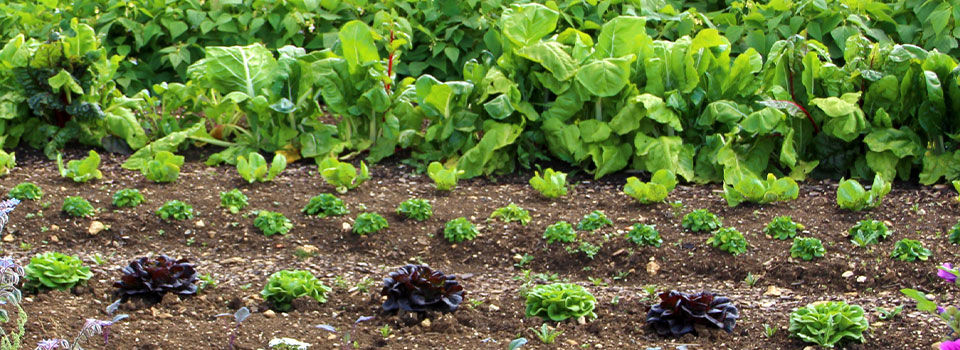
Home gardens are essential for most families. They provide fresh vegetables for most of the summer and can be used as a great family activity now that we are eating at home more often! If you plant enough vegetables you can even have some freezer goods for the fall and winter seasons. But you won’t have abundance if your soil isn’t nourished properly. Take into consideration your climate, and the soil already found in that area. There are a variety of ways to enrich your soil and make it the best atmosphere for your vegetables, herbals, and flowers. Whether you are an avid gardener or just starting out, these tips will help to teach you how to improve soil for an exceptional harvest.
Types of Soil

Understanding soil types is crucial so you know what you need to add to it. There are three kinds.
Sandy
The closer you are to the beach, the sandier your soil is. Anyone near the shore will have to beef up their soil to make sure water and nutrients stay close to their vegetable roots. This kind of soil is typically low in organic matter which plants need to survive.
Silty
If you live more inland, you will find that silty and heavier clay soil are more prominent. Silty soil is more dense and doesn’t drain that well. It’s typically more fertile because it holds more nutrients.
Heavy Clay
Most parts of the US have their fair share of heavy clay soils. This soil is ultra-dense and needs to be broken up. It doesn’t drain well on its own and it cracks due to its dryness.
No matter where you live you will have some variation of all three. You will need to mix in compost and other store-bought materials to make your soil just right for vegetable growth.
Essential Garden Tools
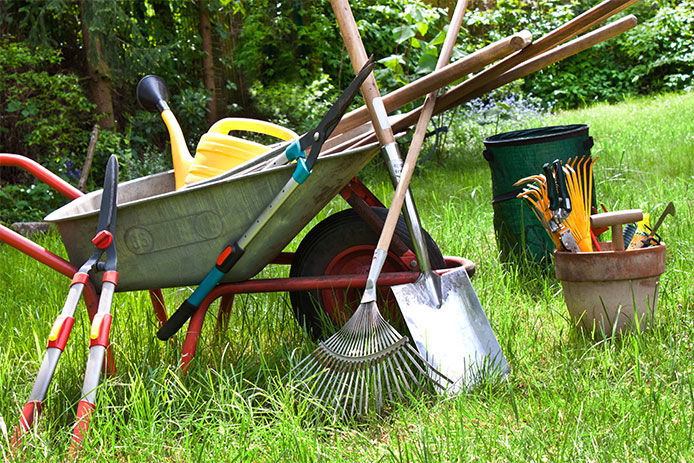
Having tools that move soil around easily is best. You’ll also want a thick plastic net you can turn into a compost area. Metal circular cages are excellent for keeping your plants with vines growing up. For those critters that like to eat all your plants, get a fence for your garden area or make a one yourself. Having a wheelbarrow to transport your tools is very helpful, and don’t forget your gloves.
Till the Soil
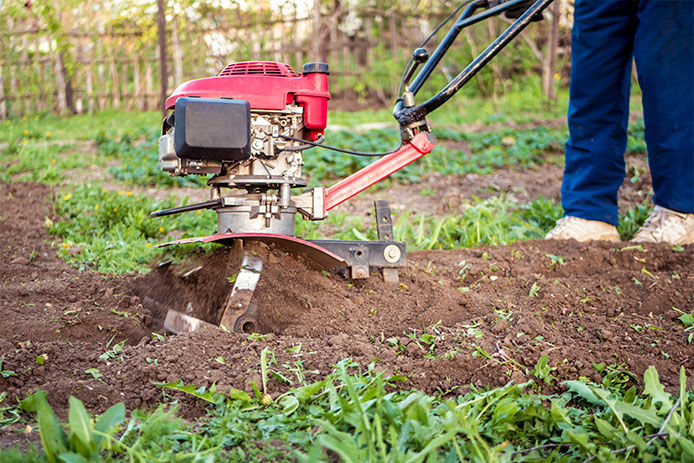
A garden tiller will help your agricultural preparation process go smoothly and efficiently. Tilling the soil helps break loose tough soil, while mixing up the organic soil matter. There are a variety of ways you can make your soil rich in nutrients, so your vegetables flourish each summer and tilling is one of them. It takes a bit of work as you are combating weeds, pests, heavy downpours, and anything else that might affect the health and growth of your vegetables.
Build a Compost
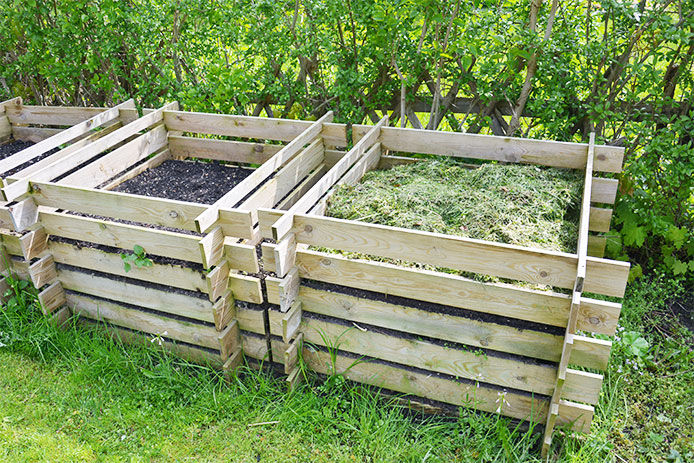
Be sure to prepare a decent sized compost area close to your garden. This will help you to achieve rich compost for means of fertilizing. You can purchase netting to build a compost or purchase a pre-built compost to get you started. You can place grass clippings, leaves, and food like vegetables and fruits in your compost. The organic matter will break down giving you nutrients for your garden. You can also purchase compost from retailers specifically by certain kinds of aged manure or mulch. These store-bought bags can assist with nutrients and growth; however, having your own compost in your yard is also crucial and the simplest way. One of the best store bought compost you can buy is Black Gold compost. It’s a great blend that can help your vegetables and other plants flourish. This is a go to if you don’t have room for a compost area or don’t want it in your yard.
Use Fertilizers

Chemical
Chemical fertilizers aren’t essential but they can help replenish specific nutrients to maintain great soil. Liquid and granule fertilizers blend different amounts of nitrogen, phosphorus, and potassium into the soil to help balance the soil. Dry fertilizers tend to work slower than liquid fertilizers, but last longer and are more beneficial. Always follow the manufacturer’s directions. You can purchase a pH meter soil tester to check how nutritious your soil is. Never use a synthetic fertilizer because they are extremely bad for the environment and can kill beneficial microorganisms.
Organic
Organic garden fertilizers work a little slower than their synthetic counterparts, but they release their nutrients over a longer time frame. Additionally, synthetic fertilizers are bad for the environment and can make the soil worse in the long run as beneficial microorganisms are killed off.
Types of Organic Fertilizers
Bat droppings or bat guano, rock phosphate, molasses, kelp, leaf mold, manures, and mineral dust.
Utilize Air and Water

Just like humans, vegetables also need air to breathe and grow. Without oxygen in the soil, plants can’t survive. It’s important for you to evaluate your soil and prep the garden before planting your vegetables. Overly compact soil will not allow for room to oxygenate. Check on your garden soil after a storm or other natural disaster.
Plants also require water on a regular basis to survive. The healthiest of all soil contains about 25% water. Monitoring your soil is essential as it can change due to weather conditions. Sometimes after days of rain you don’t need to water your garden for another day and a half. It can vary depending on how dry the temperature gets after the rain spell is over.
Add Mulch
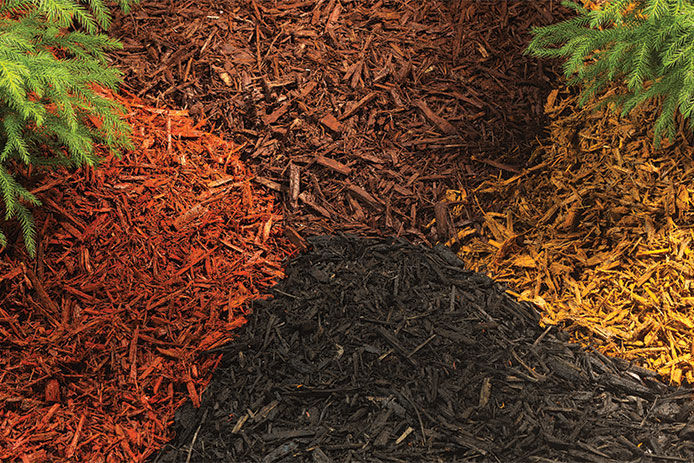
Utilizing mulch will help to insulate your soil from extreme conditions of hot and cold temperatures. Using mulch as the top layer over your garden soil, mixed in with some compost, can also assist with reducing water loss through evaporation. It can also prevent an abundance of weeds from growing throughout your garden. If you want to improve your soil be sure to use an organic mulch from your own yard or store-bought. Mulch free of pebbles and stones will provide for a better texture and assistance.
Nourish Soil with Oyster Shell Lime
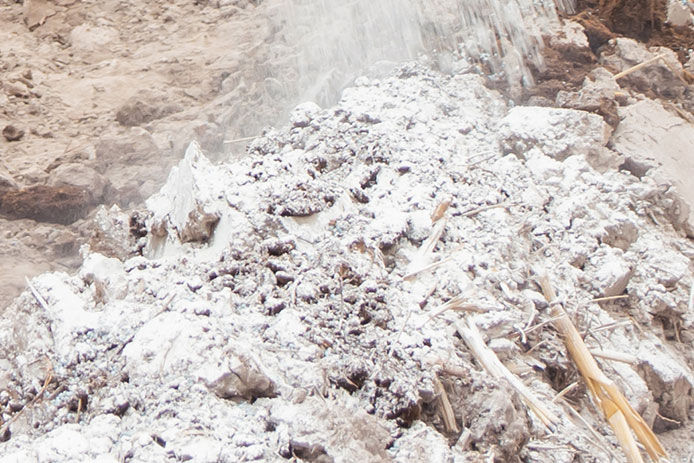
Oyster shell lime typically contains a large amount of calcium, nutrients, and micronutrients. It helps to raise pH levels in overly acidic soil and can assist with calcium deficiencies. Usually a 1,000-sq.- ft. area can be covered by a 50 pound bag of oyster shell lime. You want to add this kind of nutrient to your soil in the fall months because it can take several months to work. Also, understanding the pH level of your area is a must to know if you should add this to your soil.
There are a variety of ways to prepare your soil for a garden. Understanding the soil in your area is essential. If you’re able to compost, do so. If you plan on mulching parts of your yard you can use some for the top of your garden. This helps prevent weed overload and keeps water in the soil. Keep track of the weather and monitor your plants and soil. Having nutrient rich soil will allow your vegetable garden to flourish!